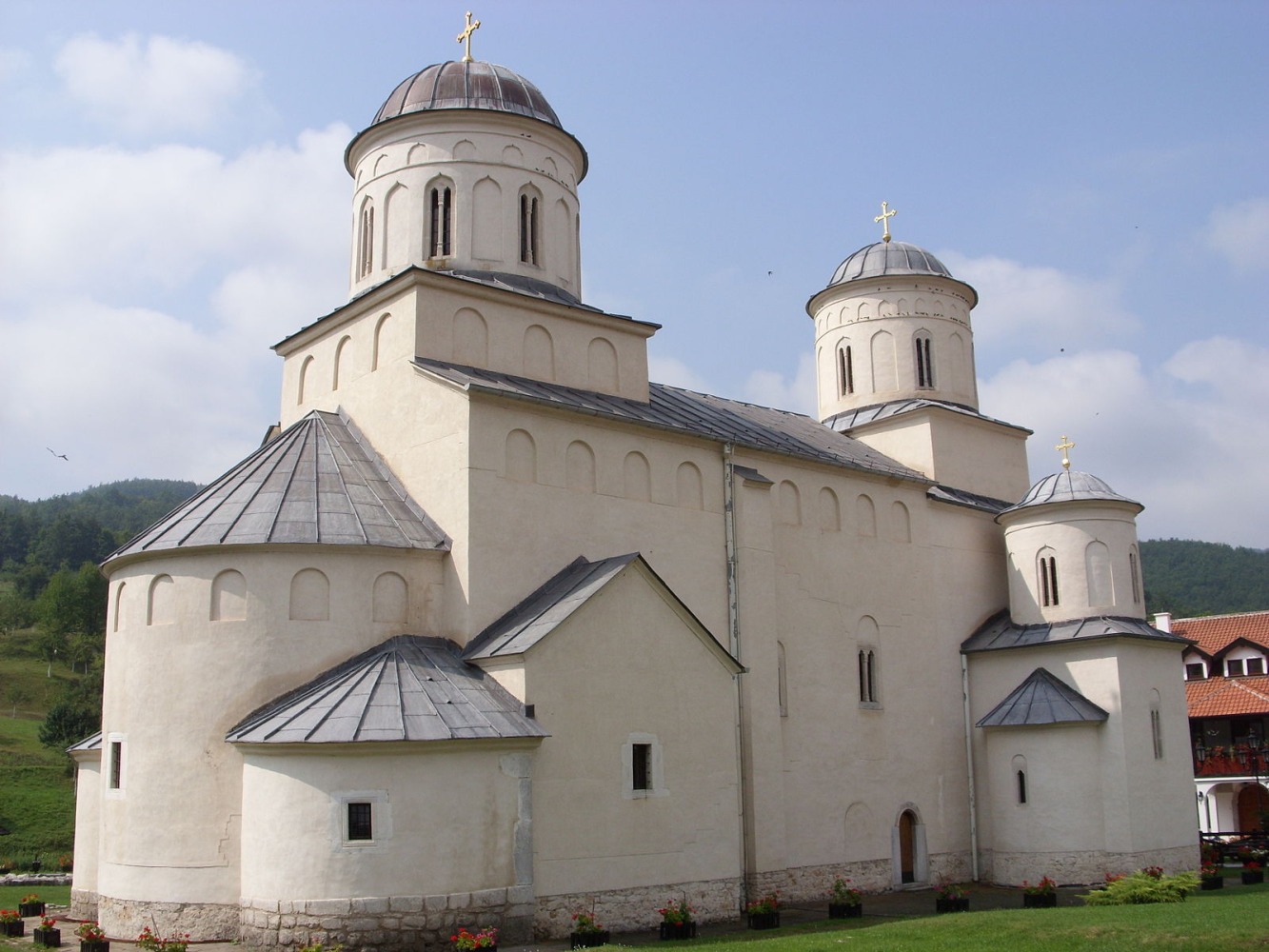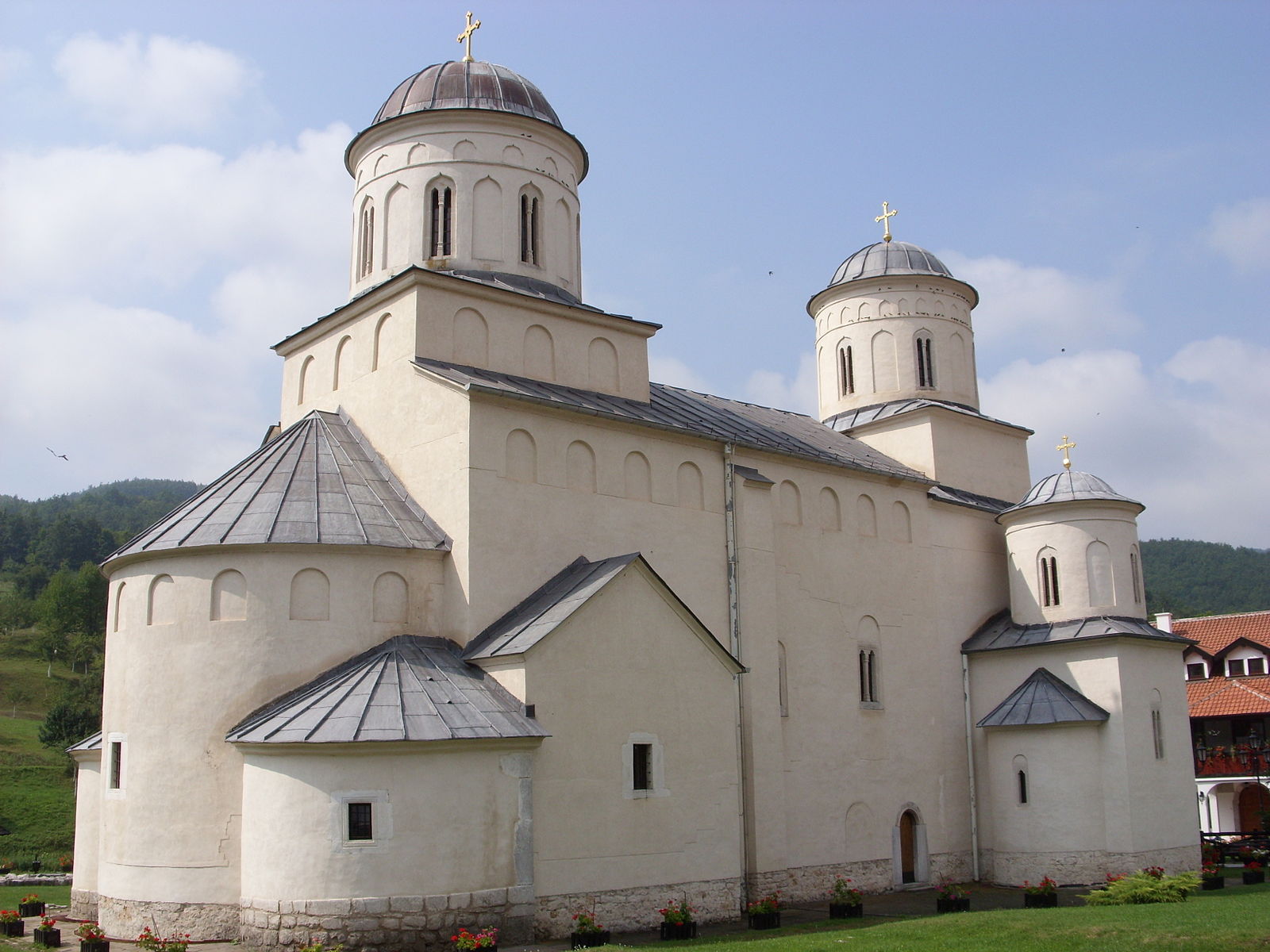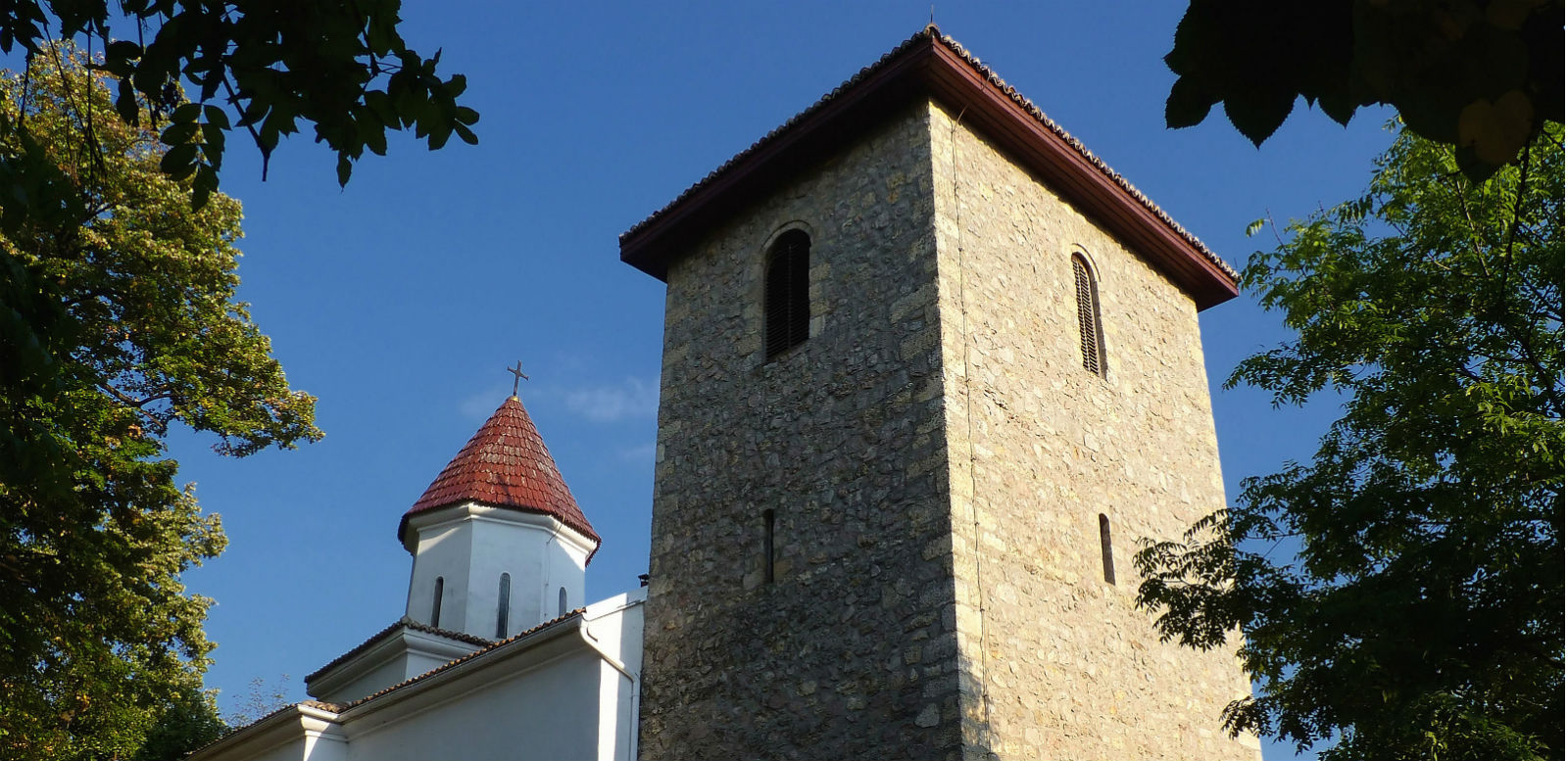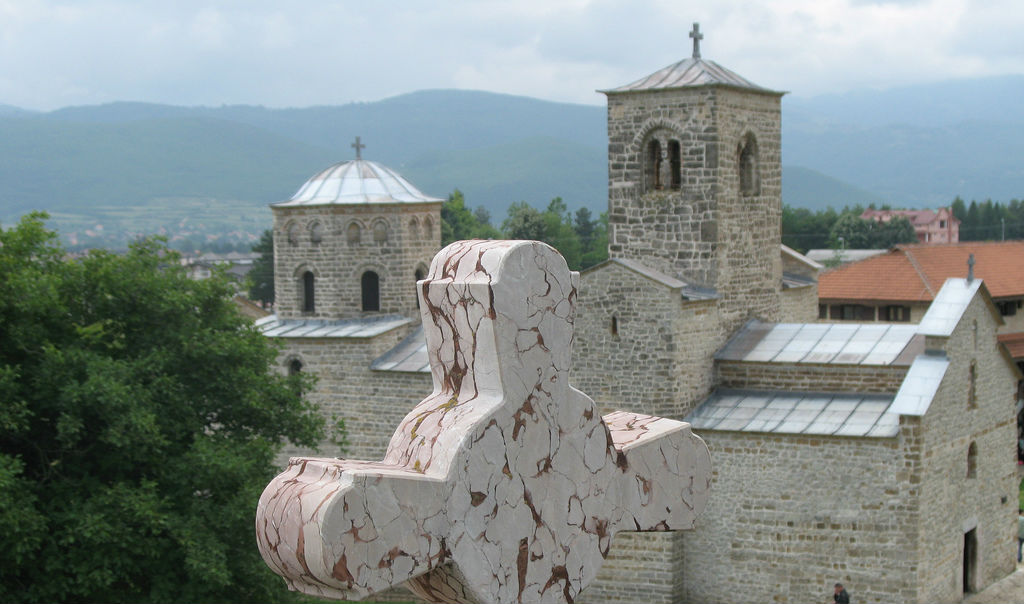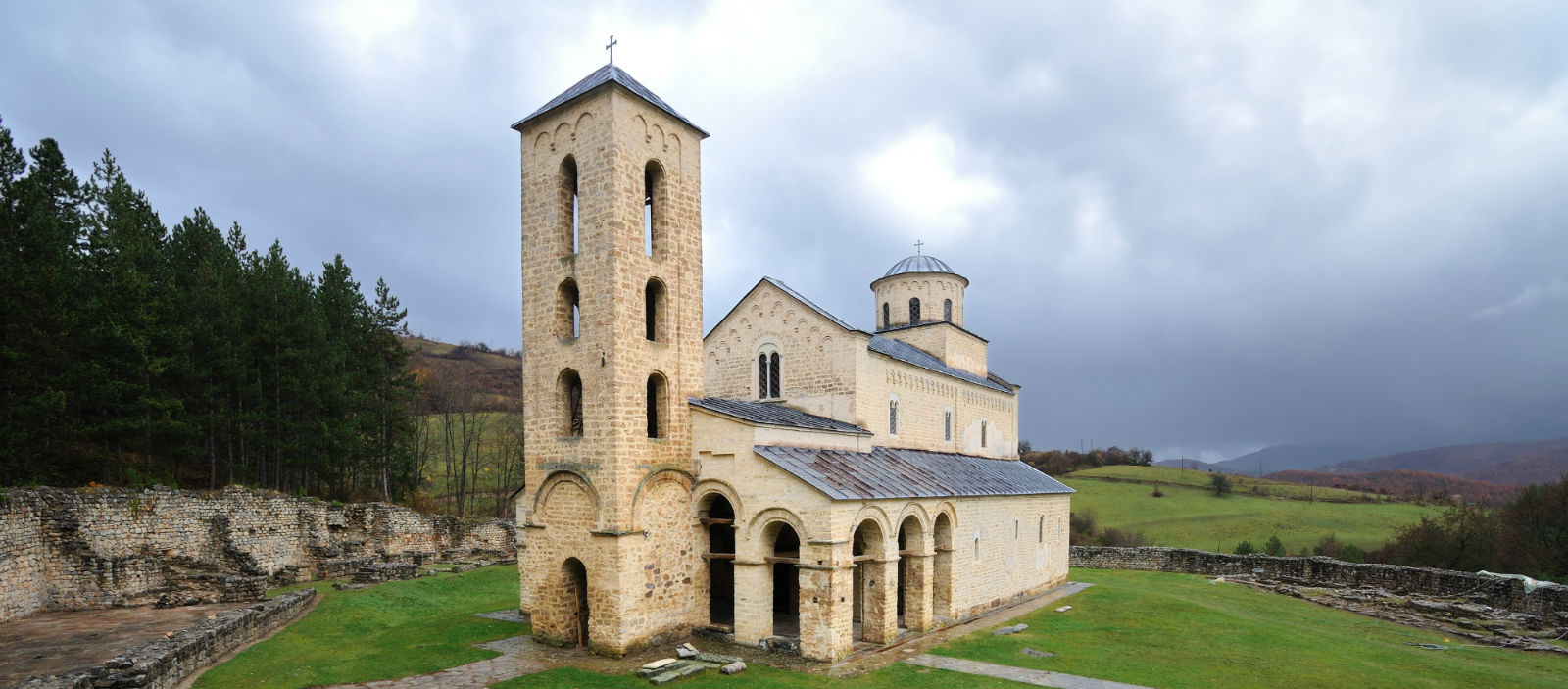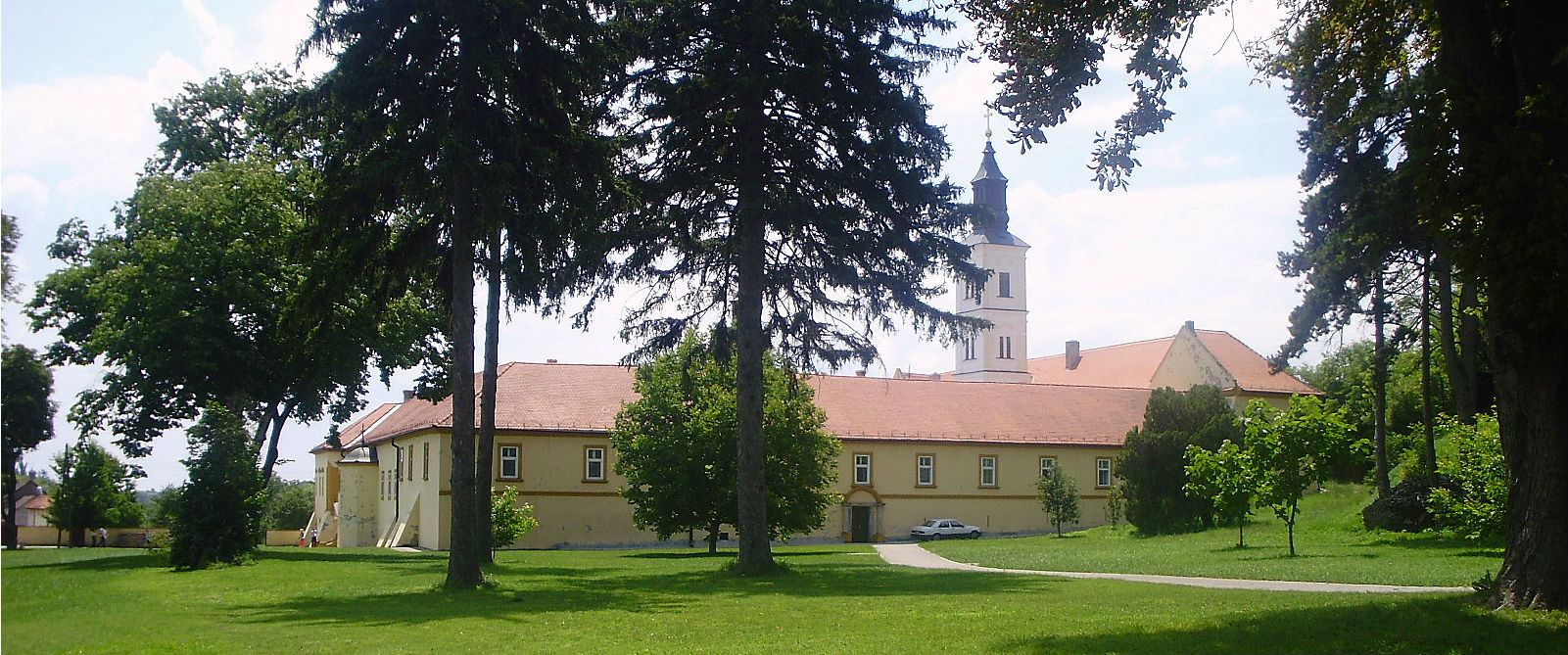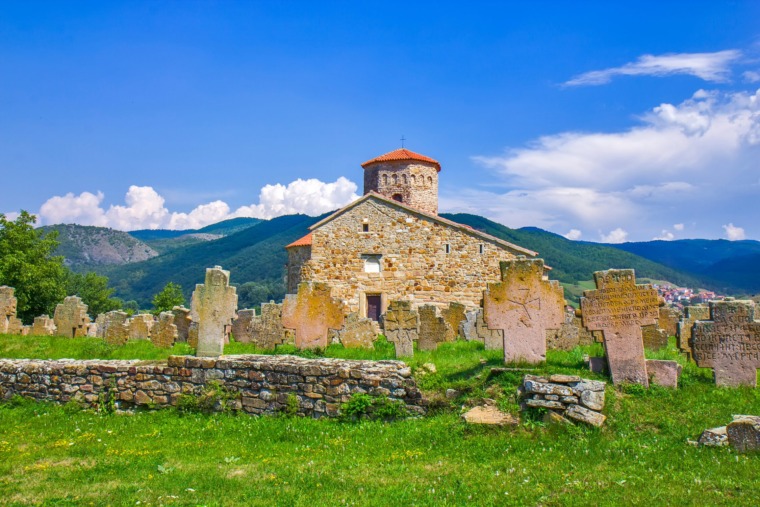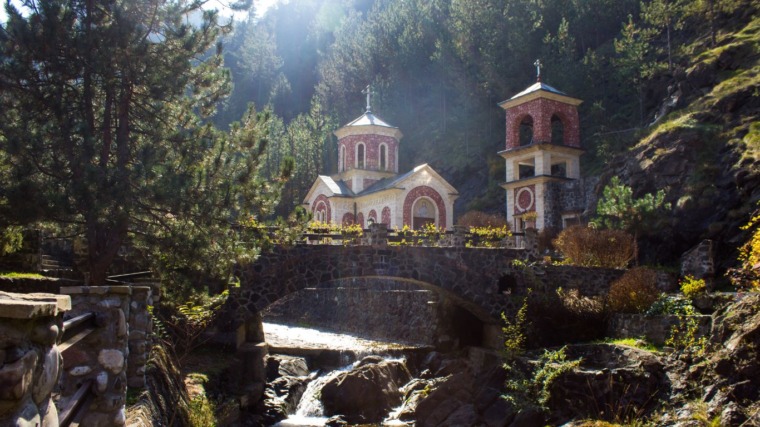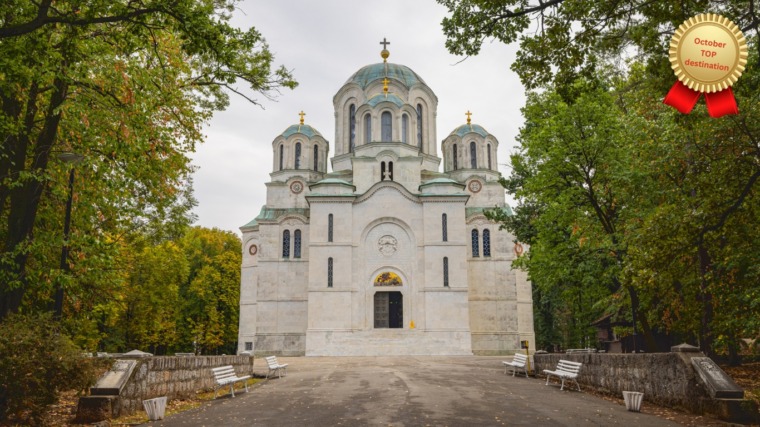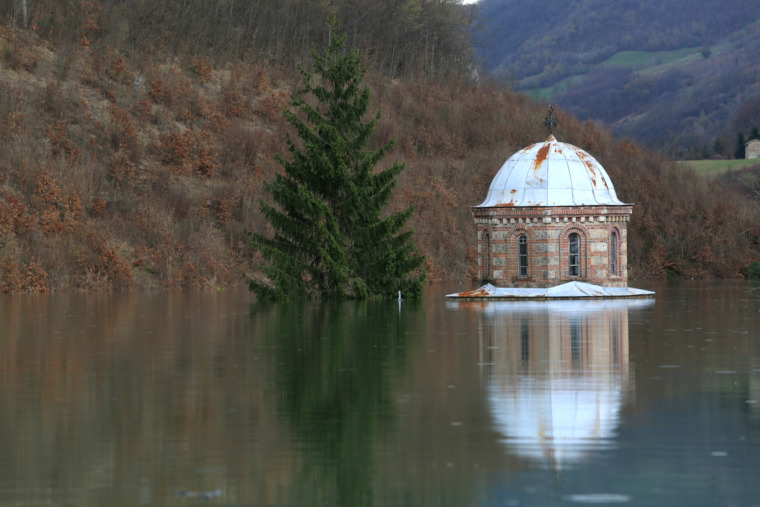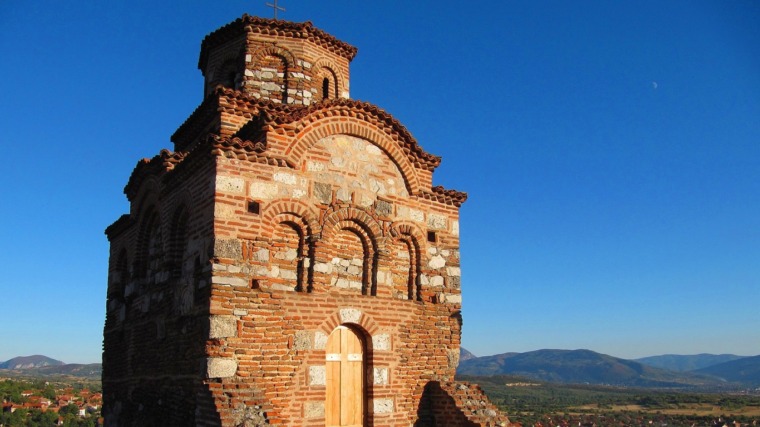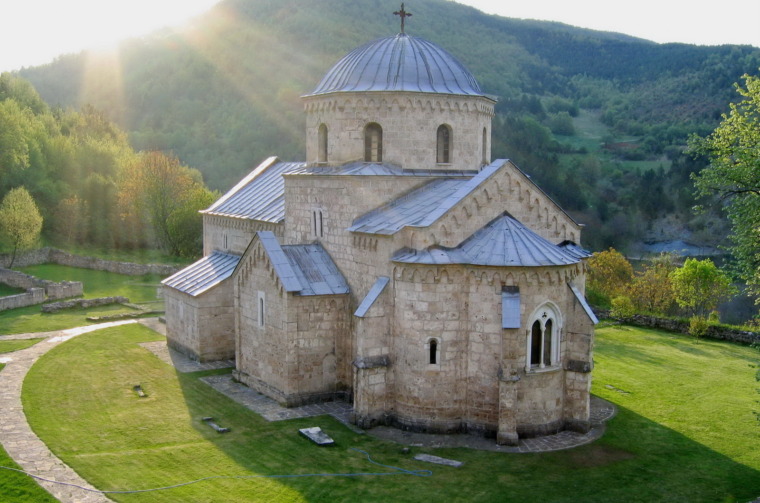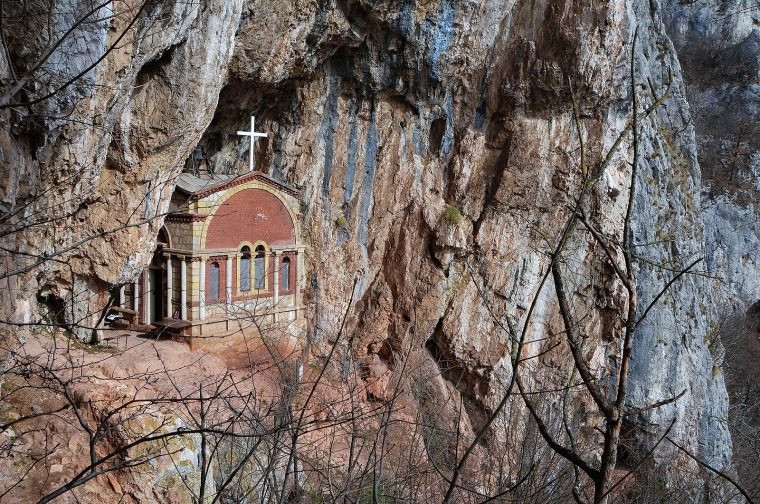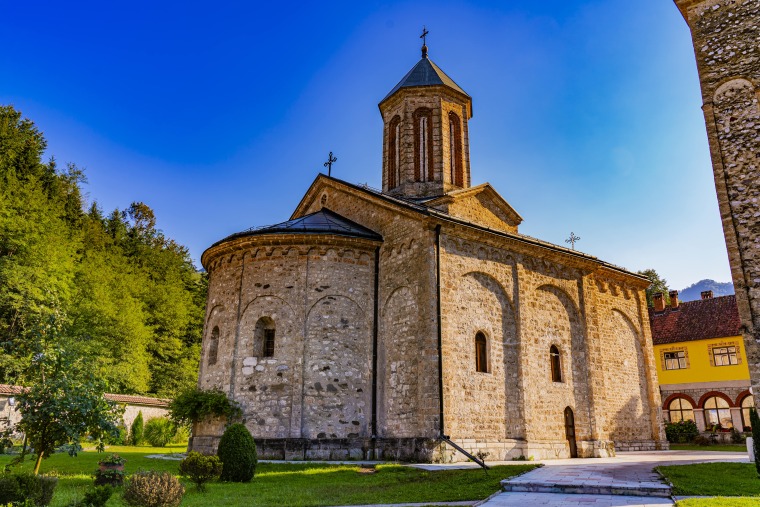On its eight centuries old walls, the seat of diocese of Serbian Orthodox Church, Milieševa Monastery safeguards some of the most valuable and most beautiful frescoes that were ever painted in Serbia.
Even though the frescoes were painted in the Byzantine style, in which innovations were not allowed, the artists who painted them managed to bring life to them. By doing so they created unique pieces of art of unfading beauty, which will in the future make Mileševa and the famous “White Angel” known worldwide.
The monastery is situated in a valley of the Mileševa river, near Prijepolje. Even though its exterior looks very modest, you could not say the same thing for the interior. The frescoes on its walls, which were painted by great artists, serve as faithful witnesses of a time long past. Their vividness, beauty and uniqueness evoke imagination and awaken emotions.
Most of the frescoes are only partially preserved, which allows each individual to reconstruct the missing parts as they see fit. Despite the time not being very gentle to these frescoes, they are still a sight to be hold.
Beauty and peace still radiate from the faces of old ermites, young martyrs, merciful women, church fathers and royal sons.
Mileševa monastery was built in 1218 and 1219 and the frescoes were painted between 1222 and 1228. It was founded by King Vladislav, the son of Stefan Prvovenčani (TheFirst-Crowned) and the grandson of Nemanja. Vladislav built Mileševa, because he wanted to be buried there and after his death he was.
Inside the monastery, serenity can be felt in the air, mild smell of incense fills the place whose walls hold great historical value. Each fresco, painted by a skillful unknown artist from the medieval times, speaks for it self and has a story of its own.
The true importance and value of their work is that they created a new unique style and made a step forward to a style that allows for more freedom. The frescoes painted by these artists are unique, above all, because they are markedly different from others.
The most famous fresco from the Miliševa monastery is certainly the “White Angel” which is reminds of Greek art. The size of the fresco and the white dress that the angel is wearing leave a strong impression.
The fact that Mileševa is one of the first monuments of medieval Serbian art and that the “White Angel” remained almost intact during all those years, made it a symbol of youth and perseverance. Another interesting fact about this fresco is that it was used as a symbol of Europe and world peace in the first satellite video message sent from Europeans to Americans.
St. Sava’s relics were moved to Mileševa monastery one year after his death, where he was ceremoniously buried in a newly built narthex. The fact that his relics were buried here only improved the reputation of an already respected place. That is how Mileševa became a cultural place, which everybody wanted to visit. Ottomans did not like this and that’s why they removed the relics from the monastery and publicly burned them in Belgrade, by doing so they wanted to destroy the cult of St. Sava. Today we can see that they failed in this attempt.
The broken surfaces of pilasters and archways of intersecting walls are adorned by other frescoes as well. “Skidanje s krsta” (Removing from the cross) where Mary Magdalene kisses the hand of dead Christ, is surely the most merciful scene of medieval Serbian art. On the north wall there is a fresco named “Rođenje” (The Birth) with realistically painted nursemaids. Of some frescoes, such as “Silazak u ad” and “The Last Supper”, only fragments remained.
Another valuable collection of paintings in Mileševa depicts portraits of Serbian kings and rulers. One half of Stefan Nemanja’s figure, St. Sava’s fresco, fresco of Stefan Prvovenčani, frescoes of King Vladislav and Radoslav.
All of these frescoes have a documentary value, making them more important than ordinary beautiful paintings. There is a possibility that these frescoes were painted before 1228. The attention that was paid to details and precisely painted facial features serve as proof of objectivity and sincerity of those artists.
It is still not know if the artists who painted Mileševa were Greeks or if they were Serbs educated in some of Byzantine cities, but one thing is certain – they left a heritage of unfading value and beauty to Serbia and the whole world. This heritage has been protecting Serbian history, tradition and culture through art of immeasurable importance and timeless beauty for centuries.

